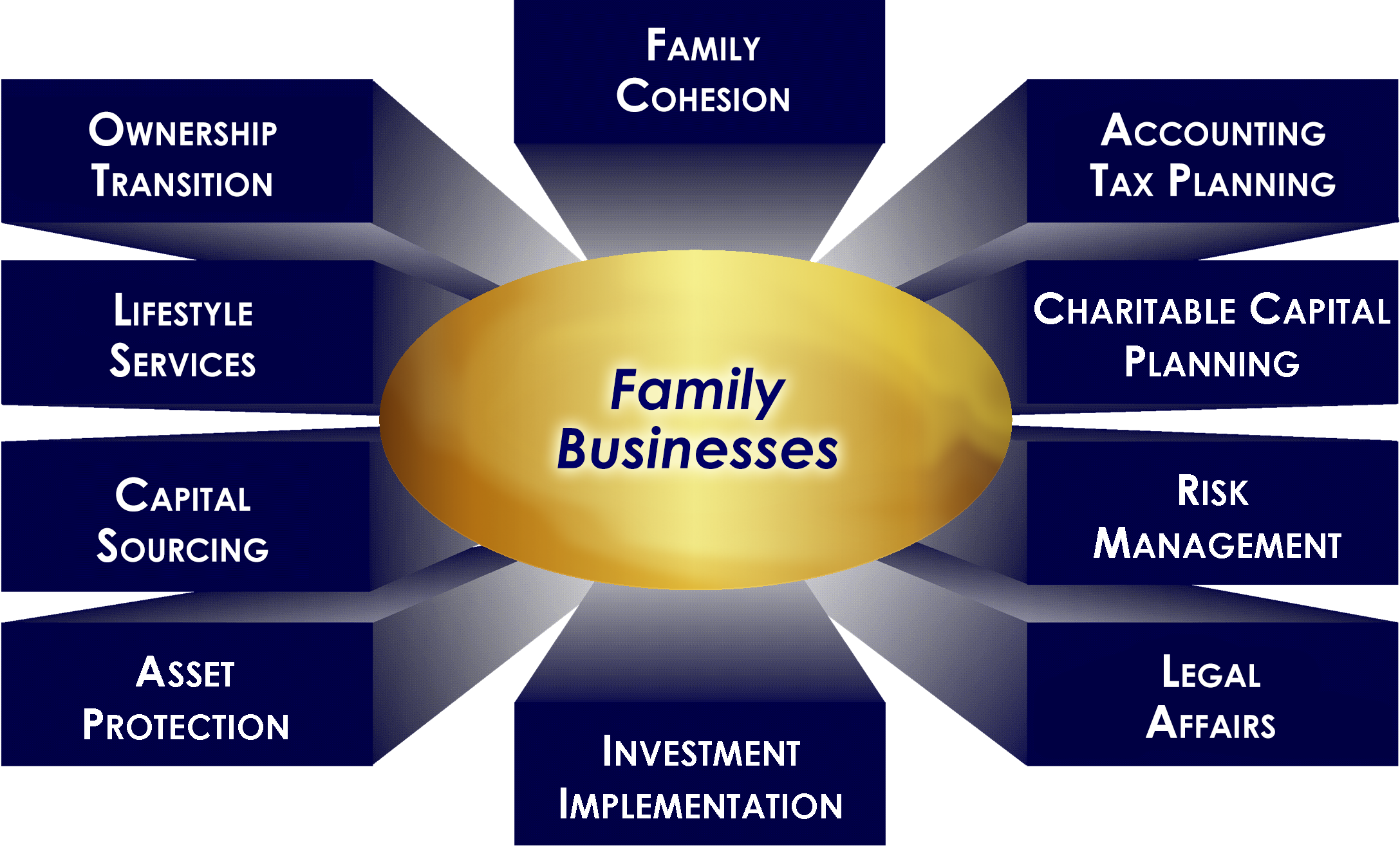The No-Taxes Retirement Plan Distribution Strategy
Most clients view a retirement plan distribution as an event that is likely to result in an undesirable tax hit—especially when that distribution is a required minimum distribution (RMD), which must be taken regardless of whether the client actually needs the income. However, while this may often be the case, it is by no means true that an unwelcome tax hit must result from each and every retirement account distribution.
A variety of special circumstances exist (even outside the context of the fairly common Roth account) that can allow a client to take tax-free (or reduced tax) distributions from a retirement plan—meaning that careful attention must be paid to the individual client’s position and the specifics of the retirement account at issue to take advantage of these tax efficient alternatives.
Tax-Free Distribution Options
Several options exist that allow a client to take entirely tax-free retirement account distributions—perhaps most obviously, clients are not subject to tax on Roth IRA distributions or on distributions that are eligible for a tax-free rollover to another retirement account (generally, this means that the distribution cannot be an RMD).
A client’s basis in his or her IRA will also be withdrawn tax-free. IRA basis is present when a client has made nondeductible contributions to an IRA, often because his or her income was too high to qualify for a tax deduction. These nondeductible contributions form the "basis" in a client's IRA, and are withdrawn tax-free (unlike traditional, deductible contributions, which are taxed at the client’s ordinary income tax rate upon distribution).
Retirement plan distributions that are directed to charity typically will also be tax-free.The charitable IRA rollover provision even allows clients to take their RMD (up to $100,000 per year, or $200,000 per couple if each spouse has a separate IRA) without increasing their tax burden, as long as the funds are transferred directly to a qualified charity.
A client may also choose to make a qualified health savings account (HSA) funding rollover from a traditional IRA or a Roth IRA once in his or her lifetime (unfortunately, these rollovers cannot be made from ongoing SIMPLE or SEP IRAs). The amount of the rollover is limited based upon the type of high deductible health plan (HDHP) the client has for the funding year (in 2016, the limit for self-only coverage is $3,350 and the limit for family coverage is $6,750, and an additional $1,000 contribution is available for clients who are 55 or older).
This distribution does count toward the otherwise available HSA contribution limit for the year, however.
Reduced Tax Distribution Options
Net unrealized appreciation (NUA) can provide a lower-tax distribution option for clients whose employer-sponsored 401(k) plan assets consist partially of appreciated employer securities. NUA is the gain on employer stock that has accrued from the time it was acquired within the qualified retirement plan up until the time that the stock is distributed to the client.
The NUA tax strategy allows certain clients whose qualified retirement plans contain these appreciated employer securities to eventually pay taxes on the appreciated value of those securities at the lower long-term capital gains tax rate, rather than at the ordinary income tax rate that would otherwise apply to retirement plan distributions. However, in order to be eligible, the client must be eligible to take a lump sum distribution from the qualified retirement plan in question (typically meaning that he or she has reached age 59 ½, become disabled or retired, or died).
A retirement plan distribution may also be tax-free (or only partially taxable) in the case of a qualified plan that contains a permanent life insurance policy. Withdrawals up to the client’s basis in the policy (i.e., premiums paid) may be taken tax-free, though some tax may be due if the withdrawal exceeds the client’s investment in the contract.
Further, if the death benefit exceeds the policy cash surrender value, the proceeds received by the beneficiary after the client’s death will also be income tax-free.
Conclusion
As illustrated above, not every retirement plan distribution will generate an increase in tax liability—but it is important to pay attention to the special circumstances that can create tax-free or lower-tax distribution options for any given client so that these potentially valuable tax breaks are not overlooked.
Knowledge Center
- 1031 Real Estate Exchanges: A Quick Primer
- 15 Most Overlooked Tax Deductions
- A Hideaway Where Billionaires Come to Play (and Save on Taxes)
- Avoiding the Tax Surprise on Capital Gains
- GRAT Valuation Discounts Disappearing Soon
- Proposed Valuation Discount Rules Would Hit Wealthy Clients Hard
- The No-Taxes Retirement Plan Distribution Strategy
- To defer or not to defer?
